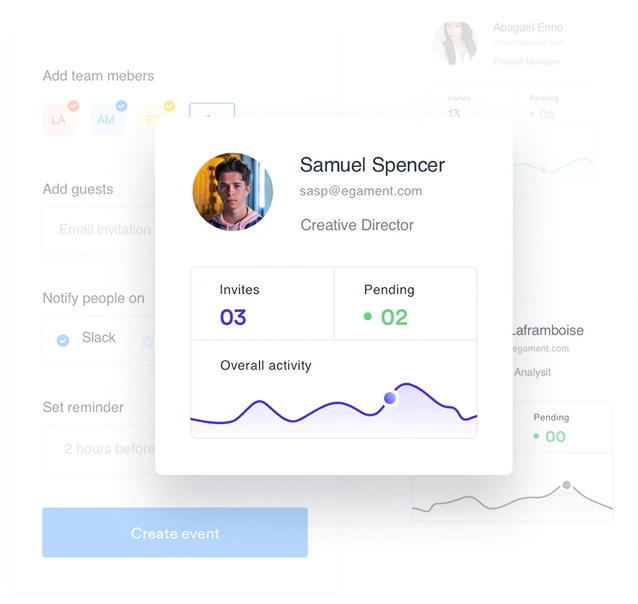A staggering 73% of higher education institutions report that their current technology infrastructure significantly hampers their ability to deliver quality education and administrative services.
This isn’t just a number—it’s a wake-up call echoing through campus corridors worldwide.
Imagine a scenario of registration and new admissions week at an institution. Students queue for hours outside the registrar’s office, clutching paper forms while frantically refreshing their phones to check if their preferred courses are still available.
Meanwhile, faculty members juggle multiple disconnected systems to track attendance, submit grades, and communicate with students. The IT department works overtime, manually syncing data between outdated systems that seem to speak different languages.
This scenario isn’t fiction—it’s the daily reality for countless institutions still operating on legacy systems. However, the institutions thriving in today’s competitive landscape share one common trait: they’ve recognized such signs and, without any second thought, embraced a robust Student Information System.
Before diving into the telltale signs, it’s crucial to understand why digital transformation has become non-negotiable in higher education. Modern students arrive on campus expecting the same level of convenience, personalization, and instant access they experience with today’s leading digital platforms.
Institutions are increasingly under pressure to boost operational efficiency while delivering better student outcomes. According to EDUCAUSE’s annual IT issues survey, digital transformation consistently ranks among the top three priorities for higher education leaders.
When student satisfaction surveys repeatedly highlight frustrations with course registration, grade access, or communication systems, it’s time to listen. Today’s students, predominantly digital natives, quickly become frustrated with clunky interfaces and slow response times.
If your student services team spends more time troubleshooting system issues than actually helping students, this indicates that your current infrastructure is becoming a barrier rather than an enabler.
In an era where most industries have gone paperless, the education sector is still heavily dependent on physical documents and ultimately faces significant inefficiencies. From admission applications to faculty evaluations, paper-based processes create bottlenecks, increase error rates, and consume valuable staff time.
Furthermore, paper-heavy processes make data analysis and reporting extremely challenging, limiting your institution’s ability to make data-driven decisions.
One of the most telling signs is when different departments maintain separate databases that don’t communicate with each other. The admissions office, registrar, financial aid, and student services each have pieces of the student puzzle, but no one has the complete picture.
This fragmentation prevents Institutions from providing personalized student experiences and identifying at-risk students who might benefit from early intervention programs.
Interestingly, faculty acceptance of technology has dramatically increased, particularly post-pandemic. If your professors are actively requesting better digital tools for course management, online collaboration, and student engagement, they’re essentially advocating for a digital upgrade.
When faculty members start exploring third-party solutions independently because institutional tools are inadequate, it’s a clear signal that your current systems aren’t meeting their needs.
Does your team spend days or even weeks compiling reports that should take hours? Manual data extraction and report generation not only waste valuable human resources but also increase the likelihood of errors.
Modern ERP systems can automate routine reporting tasks, freeing staff to focus on analysis and strategic initiatives rather than data compilation.
If adding a new software tool requires extensive IT resources and custom development work, your current infrastructure lacks the flexibility needed for modern operations. Institutions today need systems that can easily integrate with new technologies and adapt to changing requirements.
The inability to quickly deploy new solutions or connect existing systems creates competitive disadvantages in an increasingly digital landscape.
When students struggle to access information, communicate with faculty, or complete administrative tasks efficiently, their overall engagement with the institution suffers. Low usage rates of existing digital platforms often indicate that these tools aren’t meeting user needs effectively.
Modern students expect mobile-responsive, intuitive interfaces that facilitate rather than hinder their academic journey.
Older systems often struggle to meet evolving compliance requirements and security standards. With increasing regulations around student data privacy and growing cybersecurity threats, Institutions need robust, up-to-date systems that prioritize data protection.
If your IT team expresses concerns about meeting compliance requirements or securing sensitive information with current systems, upgrading becomes a critical priority.
Institutions experiencing growth—whether in enrollment, program offerings, or research activities—often find that legacy systems can’t scale effectively. If system performance degrades during peak usage periods or if adding new users requires significant infrastructure investments, your current setup is constraining institutional growth.
Finally, if peer institutions are offering superior digital experiences to students, faculty, and staff, the competitive gap will only widen over time. Institutions that delay digital transformation risk losing top talent and prospective students to more technologically advanced competitors.
Research from McKinsey & Company demonstrates that institutions with comprehensive digital strategies consistently outperform their peers in student satisfaction and operational efficiency metrics.
Recognizing these signs is just the beginning. The key to successful digital transformation lies in choosing a comprehensive ERP solution that addresses your institution’s specific needs while providing the flexibility to evolve with changing requirements.
A modern educational ERP system eliminates data silos, streamlines administrative processes, and creates seamless experiences for students and faculty alike. Most importantly, it positions your institution to compete effectively in an increasingly digital educational landscape.
The institutions thriving today aren’t necessarily the ones with the largest budgets—they’re the ones that recognized these signs early and took decisive action. The question isn’t whether your institution needs a digital upgrade; it’s how quickly you can implement one to serve your campus community better.
Ready to transform your campus operations? Our educational ERP experts are standing by to discuss how a comprehensive digital solution can address your institution’s specific challenges.
Book a personalized demo today and discover how leading Institutions are leveraging technology to enhance student experiences while streamlining administrative operations.

Experience Academia – Your partner in transforming campus operations, a trusted all-in-one ERP/SIS solution.
Get the latest insights, trends, and updates delivered straight to your inbox!
